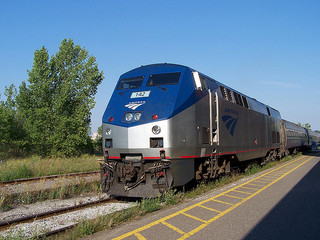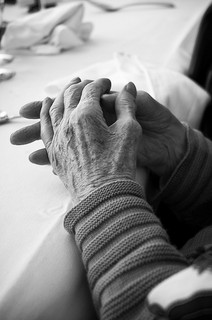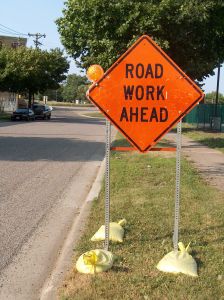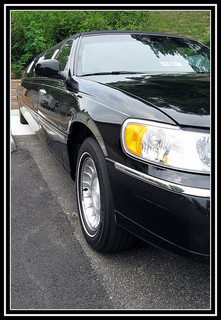In this day and age, technology is pervasive. From devices that help with housework, to access to email and internet wherever you are, technology has been a benefit and has changed changed our everyday lives. It has certainly made information more available and convenient. However, technology also has its pitfalls. The use of smartphones have skyrocketed in the past several years and this has come with an increased problem of distracted driving. It has been such a big problem and contributing factor to accidents that many states have passed laws banning texting or talking on cell phones while driving. Unfortunately, the passage of these laws have not been enough to address this growing problem.
It wouldn’t take too long or too much work in order to find articles of tragic fatalities involving auto collisions and distracted drivers due to cell phone use or even statistics about these types of accidents. Often, the stories tell of how phone conversations are cut off or of phones found indicating a text was being written. The statistics on the frequency of these accidents have been growing, but, it is widely believed that these statistics are seriously underreported. Groups like the National Safety Council and the National Highway Traffic Safety Administration (NHTSA) believe that due to underreporting, the problem of distracted driving is a much bigger problem that numbers would tell and thus makes it more difficult to pass tougher laws. The main procedure to collect data on cell phone usage contributing to an accident is through reporting by a driver, passenger, or witness, concerning use during a crash. Police are usually required to get a subpoena in order to obtain cellphone records and thus a reluctance to admit behavior or lack of witnesses makes it difficult to obtain full information.
The problem of distracted driving is especially pervasive for new young drivers. For drivers who have just recently received their licenses and have little driving experience, the use of cell phones especially impair the main functions necessary to drive safely, including manual, visual and cognitive functions. To answer a call or send a text, drivers must remove one or both hands from the steering wheel, remove their eyes from the road, and can be mentally distracted, thus compromising awareness of the road and focus on driving. The NHTSA reports that the age group with the greatest proportion of distracted drivers is the under 20 age group, with 16% of all under-20 drivers in fatal crashes were reported to have been distracted. According to Pew survey, 40% of all American teens say they have been in a car when the driver used a cell phone in a way that put people in danger.
 San Francisco Injury Lawyer Blog
San Francisco Injury Lawyer Blog













 As we’ve often explained in these pages, the criminal and civil systems are separate and distinct. Our law firm focuses on the civil system, where individuals are able to bring claims against others for legal wrongs. In contrast, the criminal system focuses on claims brought by government representatives for violating statutory laws. One of our practice areas is elder law, a specialty area involving representing victims of elder abuse in Northern California courts in suits against their abusers, typically seeking monetary damages as compensation for the wrongs. In today’s blog discussion, we wanted to provide a brief glimpse at the other side of the elder law system,
As we’ve often explained in these pages, the criminal and civil systems are separate and distinct. Our law firm focuses on the civil system, where individuals are able to bring claims against others for legal wrongs. In contrast, the criminal system focuses on claims brought by government representatives for violating statutory laws. One of our practice areas is elder law, a specialty area involving representing victims of elder abuse in Northern California courts in suits against their abusers, typically seeking monetary damages as compensation for the wrongs. In today’s blog discussion, we wanted to provide a brief glimpse at the other side of the elder law system,  For some, the thought of train travel conjures up memories of a simpler time and a bygone era of gentlemen in smoking jackets and women in hats. For others, trains remain a part of everyday life and the hustle and bustle of a subway or commuter line. While the latter group might be familiar with disabled trains and resulting delays, both groups likely think of train travel as a safer option than highway or air transportation. Still, as recent national headlines remind our San Francisco train law firm,
For some, the thought of train travel conjures up memories of a simpler time and a bygone era of gentlemen in smoking jackets and women in hats. For others, trains remain a part of everyday life and the hustle and bustle of a subway or commuter line. While the latter group might be familiar with disabled trains and resulting delays, both groups likely think of train travel as a safer option than highway or air transportation. Still, as recent national headlines remind our San Francisco train law firm, As
As  As your San Francisco nursing home abuse law firm, we understand that aging individuals and their families often face many tough decisions. It is difficult to come to the conclusion that your loved one can no longer live alone, especially when the loved one has long been the caretaker and suddenly finds him or herself in need of care. When facing this reality, it is important to be aware of the different levels of
As your San Francisco nursing home abuse law firm, we understand that aging individuals and their families often face many tough decisions. It is difficult to come to the conclusion that your loved one can no longer live alone, especially when the loved one has long been the caretaker and suddenly finds him or herself in need of care. When facing this reality, it is important to be aware of the different levels of  Statistics on Construction Zone Accidents
Statistics on Construction Zone Accidents Cause of Fire
Cause of Fire It was supposed to be a night of fun, with recent bride Neriza Fojas and eight of her fellow nurses hitting the town to celebrate her recent nuptials.
It was supposed to be a night of fun, with recent bride Neriza Fojas and eight of her fellow nurses hitting the town to celebrate her recent nuptials.